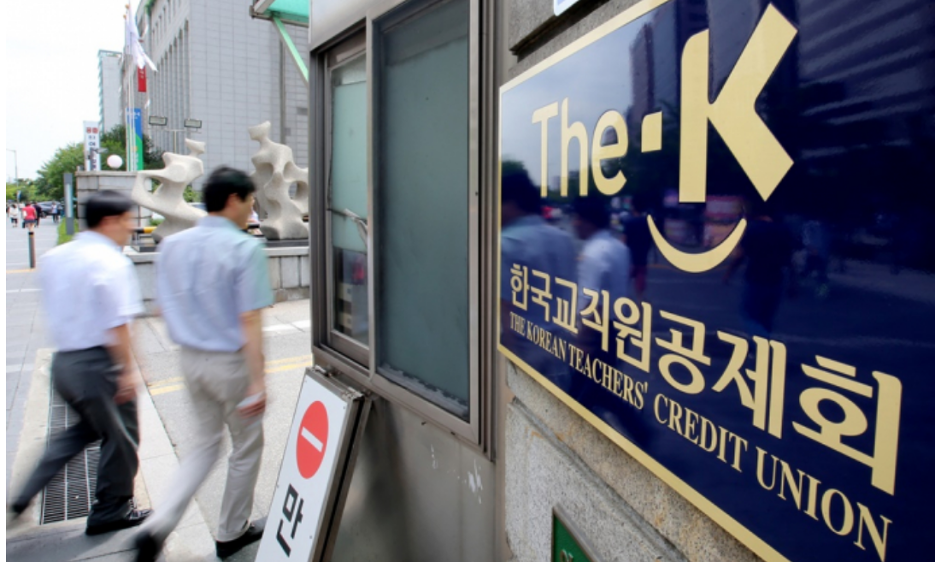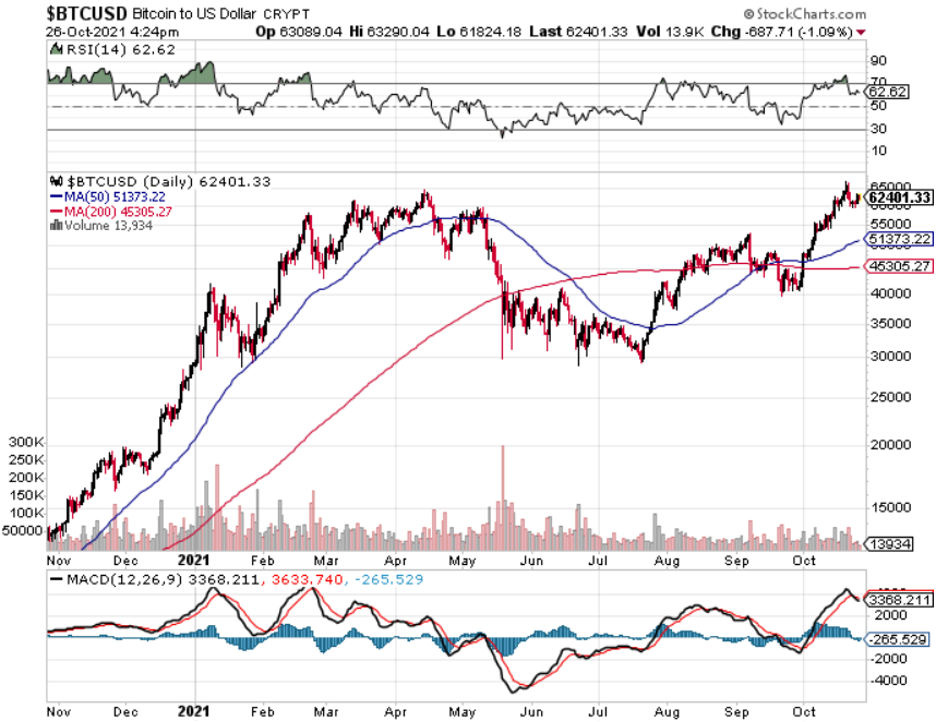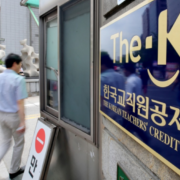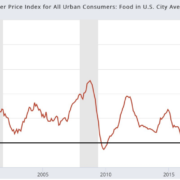Once it rains — it pours.
South Korea’s public pension fund, the Korean Teachers’ Credit Union (KTCU), is the second largest fund in Korea.
They are planning to get into crypto in a big way.
They are considering investing in a pure Bitcoin (BTC) ETF or Bitcoin-linked ETFs in the first half of 2022.
I’m not going to touch on whether or not there is a moral high ground in terms of investing employees’ retirement. The sad fact is, the fixed income instruments these retirement funds usually go into aren’t working for them.
The definition of insanity is to repeat the same thing that doesn’t work repeatedly.
Looking at the landscape, the plethora of pitiful options leaves them the scarce choice to thrust pension fund capital into crypto.
These pension fund managers have performance targets like all of us and will be replaced if they don’t achieve certain yields.
I can say this certainly isn’t the status quo for the retirement fund community, but this does change the zeitgeist of how to look at alternative investments from here on out.
We are talking about one of the biggest funds periods in Korea investing in several Bitcoin ETF products, including those by South Korean asset management firm Mirae Asset Global Investments. The company launched two ETFs tracking the value of Bitcoin futures via its Canadian subsidiary, Horizons ETFs, in April 2021.
KTCU presides over $40.2 billion in assets under management.
The pension fund has allocated 40% of its investments in alternative assets, 10% domestic, and 9% international stocks.
Pension funds investing in the crypto and blockchain space obviously opens up a whole new chapter in the crypto story where the most conservative of funds are now considering one of the newest asset classes.
It might seem bizarre at first, but when you look at the numbers, it’s not.
The stigmas of crypto being too volatile and exotic still don’t muddy the general notion that this asset class could be considered the most attractive one in the world now.
The rules and regulations to govern the sector have yet to be settled, so pension funds might as well get into crypto before they are banned by the government.
Traditional caretakers of employees’ retirement funds have voted with their Korean won and I suspect this will start happening in other Asian countries as well.
Korea is often a trendsetter for many new habits in Asia, so expect Vietnam, Malaysia, and others to ponder about this move too.
Family offices led the charge into crypto funds several years ago, but we’ve seen increasing interest from pensions, and we are just supercharging that adoption level.
I believe there is growing sophistication and institutionalization of the digital asset ecosystem, combined with a strong macro narrative driven by response to the pandemic.
Risk adverse now means not investing in cryptocurrency.
In the last week, pension funds around the world have announced a fresh foray into crypto assets.
Last week, the Houston Firefighters’ Relief and Retirement Fund reportedly purchased $25 million in Bitcoin and Ether (ETH).
Canada’s Ontario Teachers’ Pension Plan Board participated in a $420-million funding round for major crypto exchange FTX.
This new channel of capital gives crypto a strong floor if there is a dip with many buyers chomping at the bit to enter into the crypto world.
It’s hard not to see Bitcoin around $100,000 next year with so many buyers in the queue.






